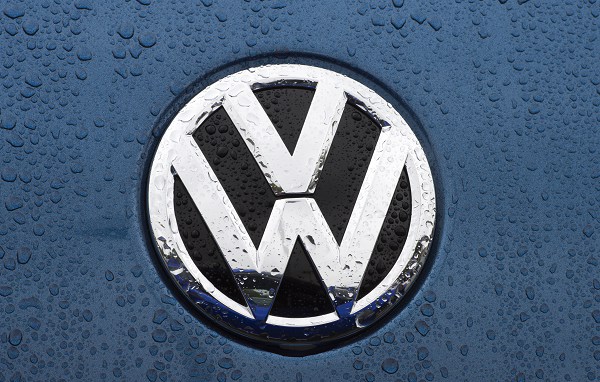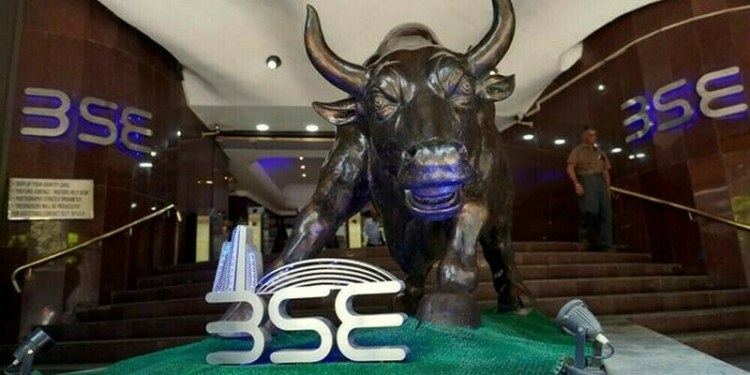Friday, 06 November 2015 01:20
 BERLIN: Volkswagen’s luxury diesel cars in Europe are fitted with the same software that American regulators say was used to cheat emissions tests in the United States, the carmaker said on Thursday.
BERLIN: Volkswagen’s luxury diesel cars in Europe are fitted with the same software that American regulators say was used to cheat emissions tests in the United States, the carmaker said on Thursday.
U.S. regulators said on Monday that about 10,000 VW cars in the United States – including some Audi and Porsche models – were equipped with auxiliary emission control devices (AECD) that masked the fact that the cars could emit up to nine times the allowed amount of smog-causing nitrogen oxide.
They said the firm had failed to inform them such devices was fitted in large 3.0 litre engines used in luxury sport utility vehicles. This widened the VW scandal, which had previously focused mainly on smaller-engined mass-market cars.
Volkswagen, which has denied the AECD software altered emission levels “in a forbidden way”, told Reuters on Thursday that the same devices were installed in cars in Europe – its biggest market, accounting for around 40 percent of group sales.
It declined to say how many cars in Europe were equipped with the software, in response to emailed questions, but did not rule out the U.S. total could be higher than 10,000. Analysts at Barclays said the European number could be 20 times larger than in the United States.
The accusations from the U.S. Environmental Protection Agency (EPA) forced Porsche’s North American division to stop sales of diesel-powered Cayenne SUVs from model years 2014 to 2016 until further notice and Audi to halt U.S. deliveries of affected A6, A7, A8 and Q5 models.
In Europe, Volkswagen already faces a recall of 8.5 million cars with smaller diesel engines after it admitted to installing different, so-called “defeat devices” to cheat emissions tests. The scandal has wiped nearly a third – or almost 24 billion euros – off its market value.
But the German firm, Europe’s biggest carmaker, said the AECD system did not violate regulations in Europe or the United States.
SALES FALL
“AECD software does not alter emissions levels, but it ensures after a cold start (of the engine) that the catalytic converters quickly reach their working temperature and emissions cleaning takes effect,” VW said. AECDs also protect engine parts amid the combustion process which ensures the “durability” of after-treatment of exhaust gases, it said.
AECDs were used in seven models of the Audi, Porsche and VW brands in model years 2014 through 2016, of which five were Audis, VW said. They were also used in some 2.0-litre engines of model year 2016, it said.
Audi and Porsche deliveries together account for a fifth of VW’s global group sales.
The latest revelations came as the scandal began to hit VW’s sales in the five biggest European markets in October, with group sales down 2.7 percent, while industry registrations were up 2 percent, LMC Automotive said on Thursday.
VW is going to explain its stance on AECDs to representatives of the EPA at a meeting on Thursday as it hopes the regulator will allow its use of the software system, two sources at the carmaker said, adding that Audi is planning to meet separately with the regulator next week.
The EPA says that by definition, an AECD “is an element of design which senses temperature, vehicle speed, engine RPM, transmission gear, manifold vacuum or any other parameter for the purpose of activating, modulating, delaying or deactivating the operation of any part of the emission control system”.
Comments from Mary Nichols, chair of the California Air Resources Board in Los Angeles, indicated the German group has a formidable task to persuade U.S. authorities.
She told Reuters that regulators repeatedly saw the engines cycle through tests with a relatively low amount of emissions, only to see an increase in pollution a couple of seconds later.
“It’s almost impossible to explain something like that in any way other than something about the software that controls the operation,” Nichols said.






























